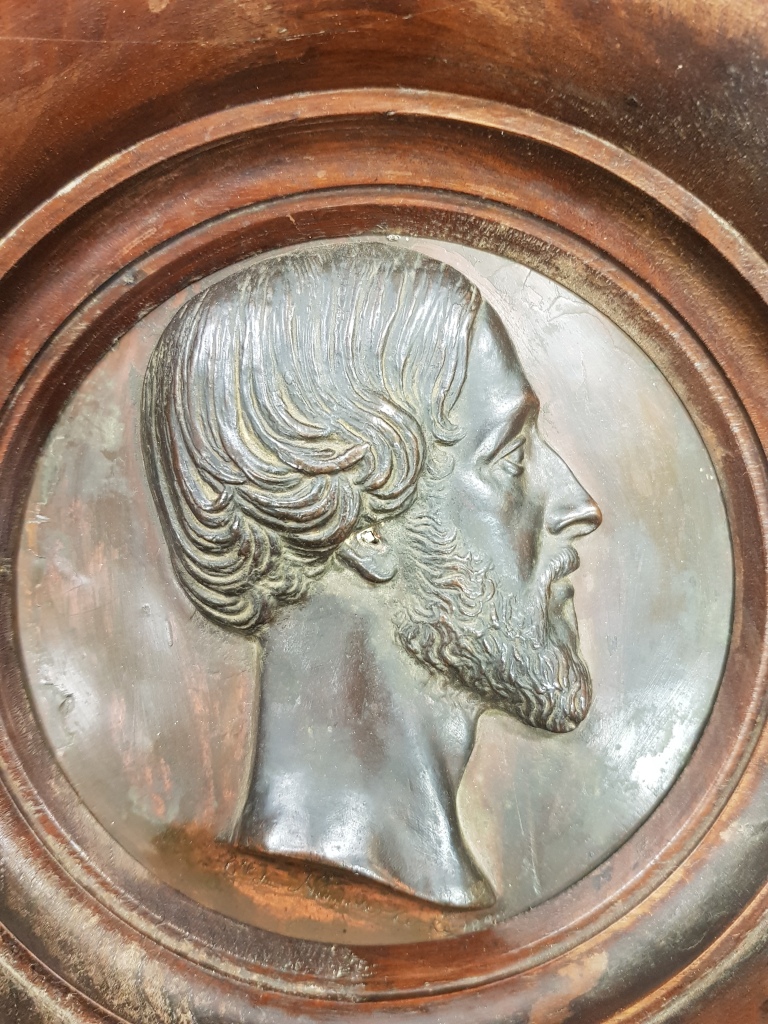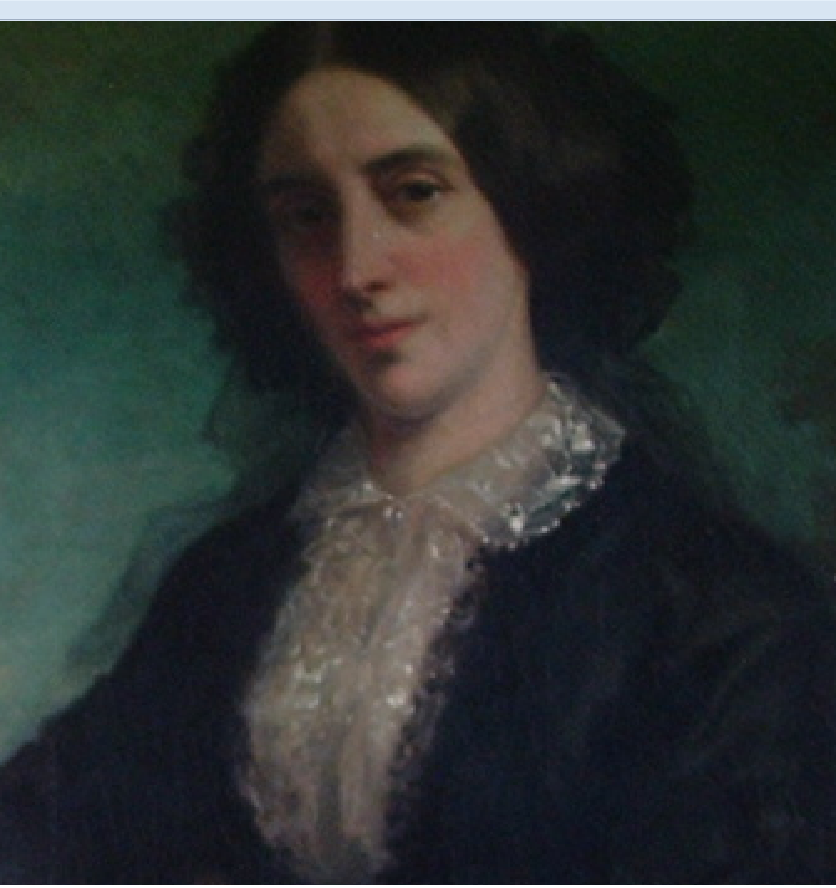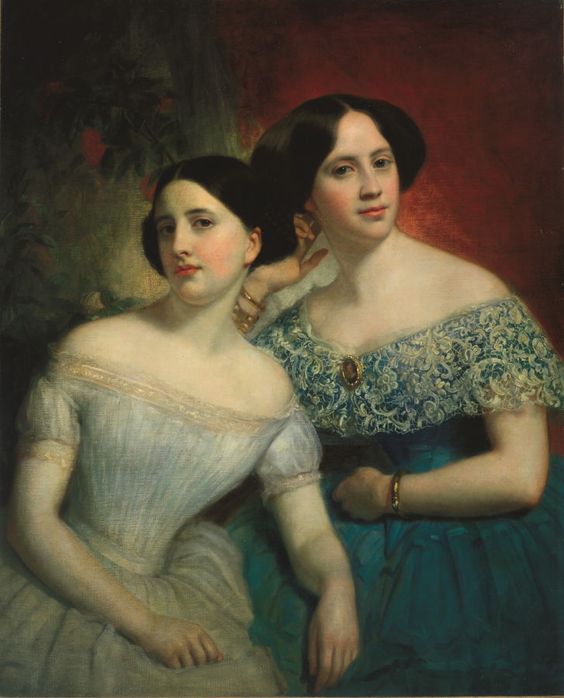I have found a few memories of what Colonel Thorn’s final home in Manhattan was like, but this is a particularly informative and poignant recount. I didn’t realise that he lost all of his French furniture in a fire. How devestating, to a man who was an aesthete.
It was also great to garner a little more information about the Kirkland family.

COL THORN’S OLD PALACE THE RIVAL OF A FRENCH KING NOW NEARLY FORGOTTEN.
“A Hospital Supplants Scene of Gayety which were Once World-wide In Fame. New York, Oct. 17.
—1 never pass the big, square, brown stone house in West Sixteenth street, now a part of the New l’ork Hospital, without thinking of the contrast between its present occupants and its former owners.
It was lormerly the residence of the late Col. Herman Thorn, who is still remembered on two continents as the dispenser of a hospitality that was more than princely in its lavishingness. He kept open house, both in Europe and America, and his entertainments, when he lived in Paris, during the reign ol Louis Phillippe, rivaled those of the Citizen King. In fact, Parisians preferred to be the guest of the rich American rather than of His Majesty. Two of Col. Thorn’s daughters married French noblemen (N.B. actually three!), and, on the establishment of the empire, became ladies in waiting to the Empress Eugenie.
The Colonel tired of Paris finally, and, returning to this country, built the house in West Sixteenth street, which, for a Jong time, had few superiors, even in this city of handsome houses. Outside, however, it makes no pretensions to architectural effect. It stands in the centre of a lot 100 feet square, equal to four ordinary lots, and at no time did it do more than impress the observer with an ideal substantiality and wealth. A grand porch through which carriages drove was the only thing that distinguished it from several similar New York houses. There was a fountain in front.
In the porch, on each side of the great double door, were two cast-iron dogs, which are now the property of Police Inspector Thorne. Since he purchased the dogs at the sale of Col. Thorn’s effects, about ten years ago, the Inspector has somewhat identified himself with the family of their former owner, and he curses the foolish vanity which made him, when a youth, add an ‘e’ to his name, his father’s name having been spelled the same as the Colonel’s.
Inside, the house showed evidence of taste as well as cost. In the centre was, and is still, I presume, a great circular hall floored with marble, around which wide stairs wound to the roof, in which was a reproduction in stained glass of Guido’s “Aurora.” Around this hall were grouped large apartments whose loftly ceilings were frescoed with copies of famous paintings, as well as with original designs. The house, however, was not finished in a style commensurate with its cost and character.
The handsome furniture, which Col. Thorn had selected himself and imported from Paris, was burned with the warehouse in which it was stored, and the Colonel was so disgusted by the calamity that he made no attempts to replace the furniture with a fresh importation, and the native-made substitutes were comparatively plain and inexpensive.
THE HOUSE DURING COL. THORN’S LIFE, and while his widow lived, was more like a hotel than a private residence, for ten of the Colonel’s 14 children, with their wives, husbands and children, were the occupants. As many as 25 people, even when there were no guests, which was very seldom, sat at the big table in the great dining-room, and there were nearly or quite as many servants. Ordinarily, too, half a dozen guests dined with the “hospitable Colonel, so that a dinner for more than 30 persons was served almost every day the year round. The money which supported this large establishment, like that of the Astors, came from the rise in New York real estate. Mrs. Thorn was the heir of the Jauncey, after whom the old Jauncey court was named, and the Jauncey farm comprised at one time no small part ot the upper western half of Manhattan Island.
The site of the buildings now occupying Jauncey court, too, belonged to the same estate.” One cannot think of the Thorn family without reflecting on the transitoriness of life. With one exception only the younger members of that large household which formerly feasted and made merry in what is now a hospital, are alive. All but one of Col. Thorn’s fourteen children are dead. Eugene Thorn, Madame de Ferrusac, and all the elder sons and daughters have passed away. One of the sons died a noble death. He had safely crossed a river in Mexico on horseback, when, looking around, he saw that his servant, less fortunate. was still struggling with the current. The man’s horse was exhausted, and he was evidently about to drown. Mr. Thorn went to his assistance, and perished in a vain endeavor to rescue him. It is not every employer who will risk his life to save that of a servant.
The sole survivor of Col. Thorn’s 14 children is the youngest daughter. Ellen, who is the wife of Edward Kirkland. Mr Kirkland is the son of the late Charles P. Kirkland, a distinguished lawyer, and belongs to the family which gave a President to Harvard College towards the end of the first quarter of this century. The Indian Missionary Kirkland, who did so much to prevent the tribes ot the Six Nations from aiding the English in the revolutionary war, was a member of the same family.
The Thorn mansion was sold to the city for hospital purposes on Mrs. Thorn’s death in 1873. Tne lower portion is used as offices, and the convalescing patients occupy the upper. Very different occupants are they certainly, from the members of the prosperous family that once lived in the house, but the death rate among them is doubtless nothing like so great! “














Marianne
This was fascinating..thank you for sharing it…could I ask for the source..when I save to my tree I’d like to have a link
Thanks
<
div>Jacqueline
Sent from my iPad
<
div dir=”ltr”>
<
blockquote type=”cite”>
LikeLike
I’ve added in the hyperlink, Jacqueline xx
LikeLike
Thanks
LikeLike